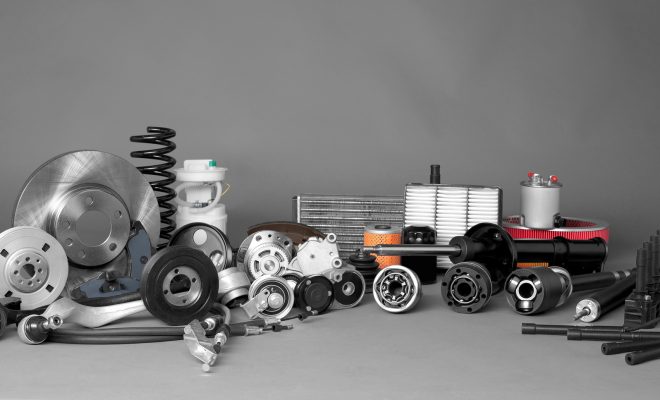Revolutionizing Auto Care: How Modern Diagnostics Simplify Exhaust Manifold Repairs

An essential part of a car’s exhaust system, the exhaust manifold is in charge of gathering exhaust gasses from the engine’s cylinders and sending them to the remainder of the exhaust system. Performance problems, higher emissions, and even engine damage may result from damage or malfunctioning of the manifold. In the past, exhaust manifold problems were frequently diagnosed by a mechanic through laborious testing or physical examinations. Modern diagnostic technologies, however, have greatly simplified and improved the efficiency of identifying these issues.
OBD-II Systems: The Heart of Modern Diagnostics
The way mechanics and technicians identify issues with vehicles has been completely transformed by on-board diagnostics (OBD) systems, especially the second generation OBD-II. OBD-II ports, found in the majority of cars manufactured after 1996, offer important information about the condition of the engine and exhaust system. The OBD-II system logs error codes that are associated with certain failures, such as an exhaust leak, low catalytic converter efficiency, or engine performance problems brought on by a malfunctioning exhaust manifold. For expert diagnostics and solutions, consider European Auto Repair in Rocklin, CA, where experienced professionals can efficiently address these issues. These error codes give mechanics the foundation they need to go into the problem more thoroughly.
Sensors for Monitoring Exhaust Gas and Performance
Numerous sensors installed in contemporary cars track the performance of the exhaust system in real time. For instance, oxygen sensors are essential for determining the quantity of oxygen present in exhaust gases, which aids the engine control unit (ECU) in modifying the air-fuel ratio for the best possible combustion. In the event of an exhaust manifold leak or crack, the sensors will identify abnormal oxygen levels and activate error codes or warning lights.
The Benefits of Early Detection with Diagnostics
By enabling the early diagnosis of exhaust manifold faults, modern diagnostic instruments help save minor problems from developing into significant engine damage. For both car owners and mechanics, the ability to identify issues like leaks, cracks, or malfunctioning sensors before they do more damage is a huge benefit. Early detection guarantees the vehicle’s effectiveness and safety in addition to reducing repair expenses. OBD-II diagnostics can sometimes identify the problem with amazing accuracy, which speeds up and simplifies repairs.
Conclusion
The method exhaust manifold problems are identified and fixed has changed due to the development of modern diagnostic systems, such as OBD-II and exhaust system sensors. These instruments aid in maintaining engine health, pollution regulations, and vehicle performance by detecting issues early. Vehicle owners can prevent expensive repairs and maintain the smooth and safe operation of their vehicles by using diagnostics to identify exhaust manifold problems. Frequent maintenance and diagnostics guarantee that any exhaust manifold problems are addressed quickly before they become more serious.







